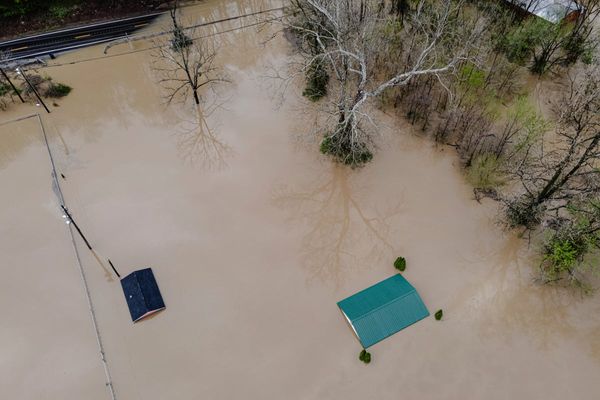Chief Justice of India D.Y. Chandrachud on April 24 announced that the Supreme Court has created a special webpage for the Kesavananda Bharati case in which a 13-judge Bench, the largest constituted in the court’s history, through a wafer-thin majority of 7:6, held that the Parliament cannot amend the ‘Basic Structure’ of Constitution.
The webpage, the Chief Justice said in court, would host the complete submissions, petitions and judgments in the historic case, also called the Fundamental Rights Case.
Chief Justice Chandrachud had recently compared the ‘basic structure’ of the Constitution to the North Star, an unfailing guide which shows the way when the path appears convoluted.
Amid criticism against collegium system
The webpage dedicated to the 1973 case has been created in the face of recent criticism from high constitutional authorities, including Vice President Jagdeep Dhankar, that the basic structure doctrine diluted parliamentary sovereignty.
Kesavananda Bharati judgment had cropped up during the government’s recent criticism of the collegium system of judicial appointments. Law Minister Kiren Rijiju criticised the striking down of the 99th Constitutional Amendment and the National Judicial Appointments Commission (NJAC) Act in October 2015.
In the NJAC judgment, the Supreme Court upheld the collegium system and held that the NJAC was an encroachment into judicial independence, an essential feature or a part of the basic structure of the Constitution.
The government had described the NJAC amendment as an exercise of the “will of the people” through Parliament.
The basic structure doctrine
The Kesavananda Bharati judgment held that Parliament cannot use its constituent power to alter the essential features of the Constitution. The basic structure or framework of the Constitution was its living spirit, holding up the body of its text. Its existence cannot be pin-pointed to any particular provision of the text. It was the “soul” of the Constitution.
As an aftermath of the judgment, Justice A.N. Ray, the fourth in line of seniority and who was part of the minority which upheld the unlimited power of Parliament to amend the Constitution, had superseded Justices J. M. Shelat, K.S. Hegde and A. N. Grover to become the 14th Chief Justice of India. All three of his colleagues had resigned.
A similar supersession followed when Justice H. R. Khanna, after his lone but historic dissent upholding the fundamental right to life and personal liberty in the Habeas Corpus case during the darkest days of Emergency, was overlooked for Chief Justiceship. These incidents could be directly linked to the Supreme Court evolving the Collegium system to protect judicial independence, which is also part of the basic structure doctrine.







